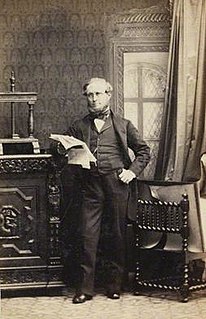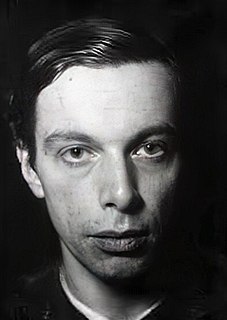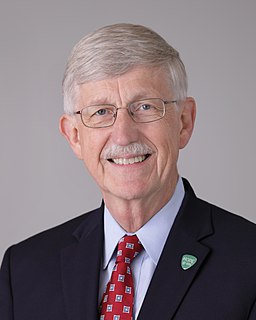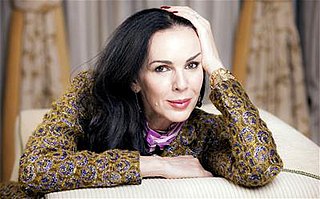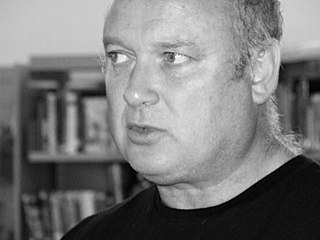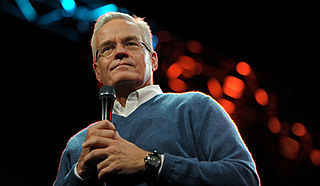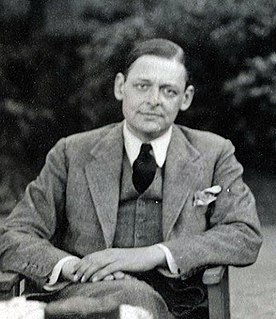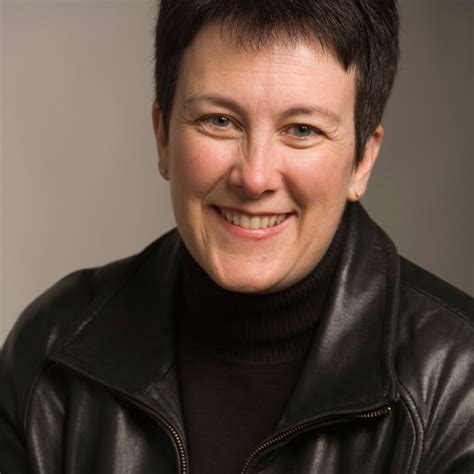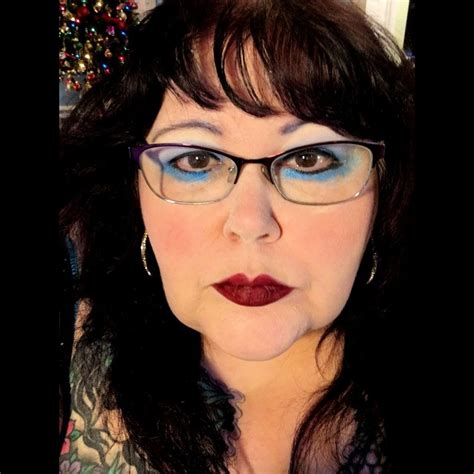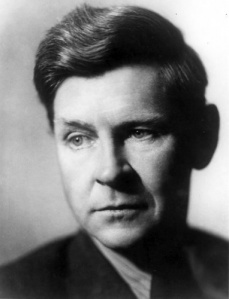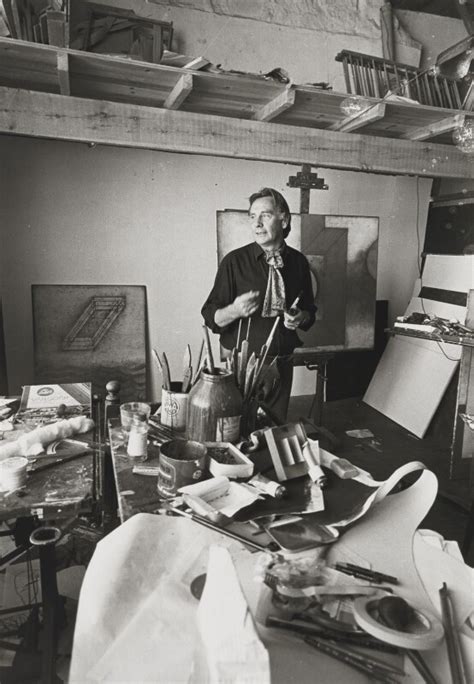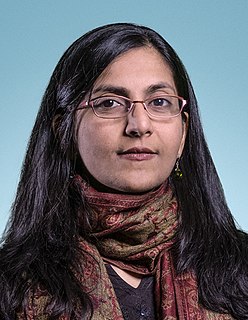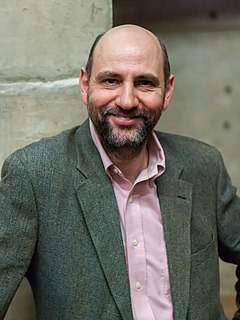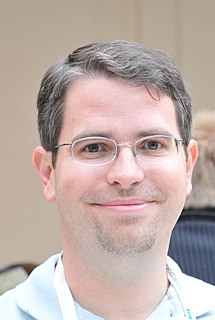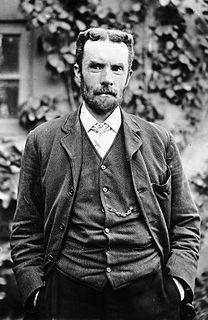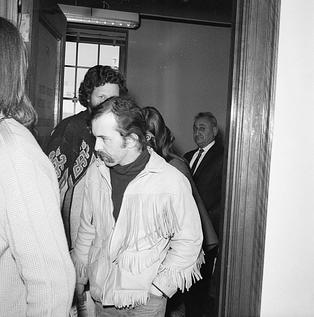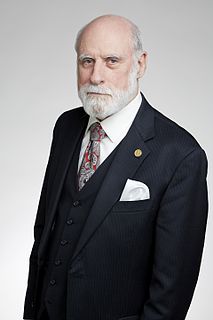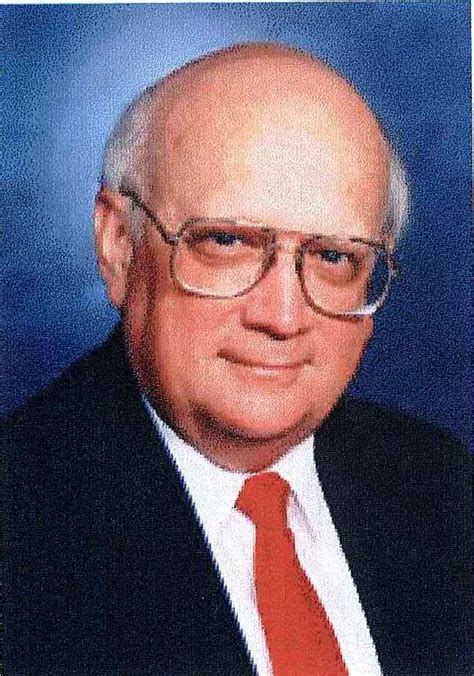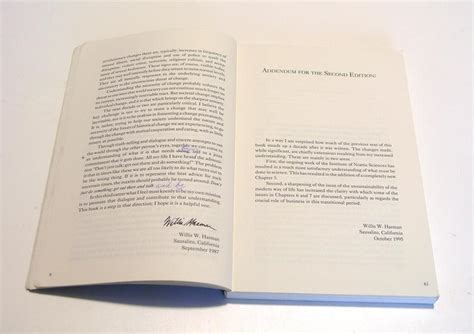A Quote by Edward Betts
It is quite possible that the truest and most eloquent art is a successful fusion of both the visible and visionary worlds, each enhancing and reinforcing the other.
Related Quotes
Cooperating in something as visible as space exploration and space flight can only improve relations between the two countries because what happens is, you're working on a common project in a very visible light and so, you're motivated to not have conflicts with each other in other areas. And bringing up China is a good example. In the early '90's, China got serious about wanting to launch astronauts into space and they were actually quite successful in launching many communication satellites. They went ahead and in 2003 they launched their first astronaut into space.
Love is a kind of dementia with very precise and oft-repeated clinical symptoms. You blush in each other's presence, you both hover in places where you expect the other to pass, you are both a little tongue-tied, you both laugh inexplicably and too long, you become quite nauseatingly girlish, and he becomes quite ridiculously gallant. You have also grown a little stupid.
It’s the great temptation for small groups of people to slide into a state where they’re not quite telling each other the truth and they’re not quite celebrating each other. Instead, they tolerate each other, they accommodate each other, and they settle for sitting on the unspoken matters that separate them.
When we even use the term 'specialized world,' we already have a problem! We're making art; they are making art... these worlds are not far apart from each other. For instance, pieces of art that hang on a wall can be seen in museums or can be used in a variety of commercial ways. That art is everywhere, so the message is that it's a part of everyday life.
Sooner or later for good or ill, a united mankind, equipped with science and power, will probably turn its attention to the other planets, not only for economic exploitation, but also as possible homes for man. . . . The goal for the solar system would seem to be that it should become an interplanetary community of very diverse worlds . . . . Through the pooling of this wealth of experience, through this 'commonwealth of worlds,' new levels of mental and spiritual development should become possible, levels at present quite inconceivable to man.
I believe that one of the most important properties of a work of art is an attempt to reconcile opposites, and in their fusion to achieve a 'wholeness' or 'oneness,' the experiencing of which should be revelatory - both for the artist and the spectator - something akin to the experience of enlightenment in terms of religion.
